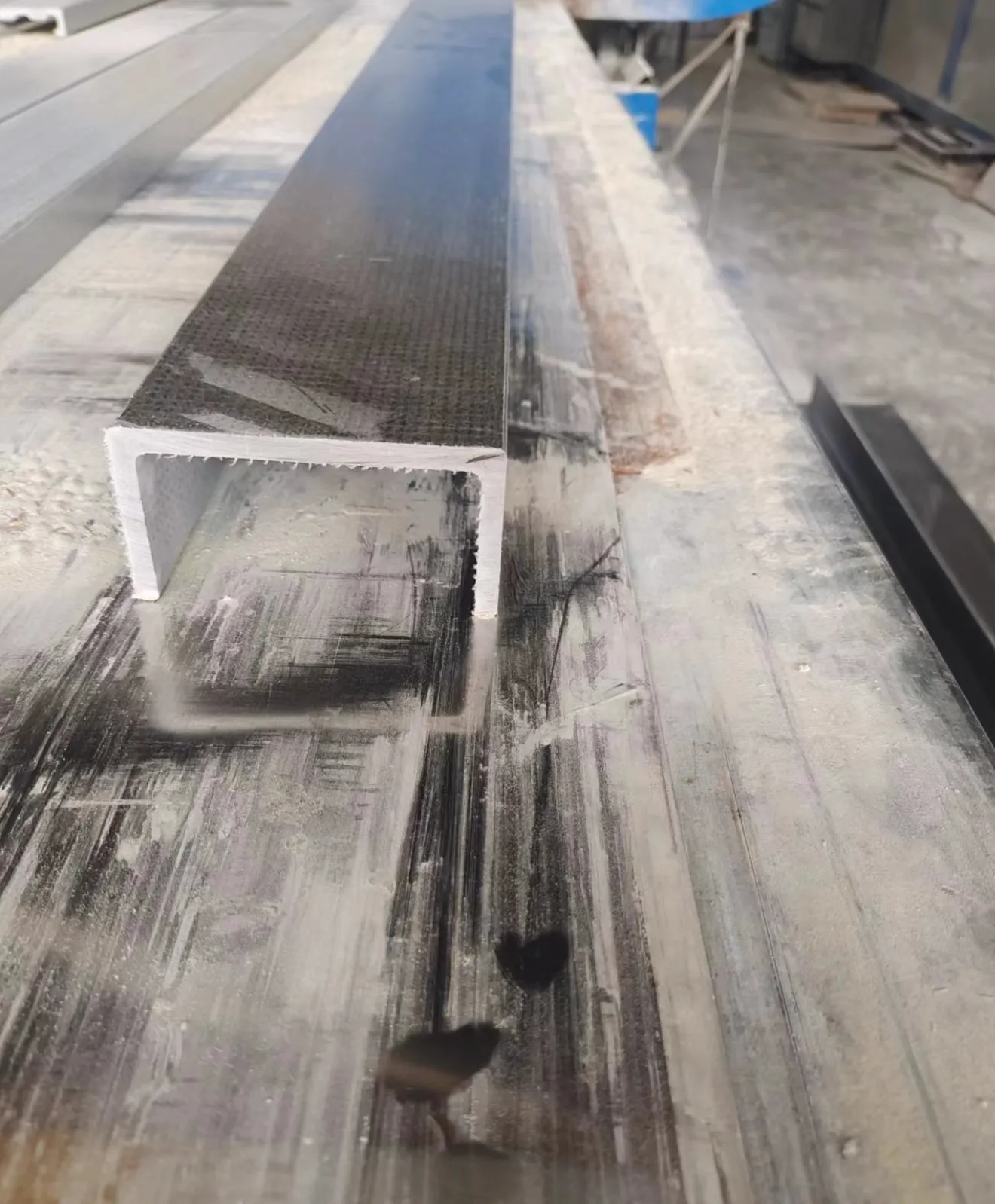loading...
- No. 9, Xingyuan South Street, Dongwaihuan Road, Zaoqiang County, Hengshui, Hebei, China
- admin@zjcomposites.com
- +86 15097380338
- Welcome to visit our website!
frp channel
Understanding FRP Channels A Comprehensive Overview
In today's fast-paced and evolving engineering landscape, the utilization of innovative materials is crucial for meeting modern demands. One such material garnering attention is Fiber Reinforced Polymer (FRP), which has emerged as a game-changer in various applications, particularly in the construction and civil engineering sectors. This article delves into FRP channels, exploring their properties, advantages, applications, and future prospects.
What are FRP Channels?
FRP channels are structural elements made from fiber reinforced polymer. These channels are designed to provide superior strength-to-weight ratios when compared to traditional building materials like steel and concrete. The fibers, typically made from materials such as glass, carbon, or aramid, are embedded in a polymer matrix, commonly epoxy resin. This combination results in a composite material that exhibits remarkable tensile strength, corrosion resistance, and lower weight, making it an ideal option for a variety of applications.
Advantages of FRP Channels
1. Corrosion Resistance One of the most significant advantages of FRP channels is their resistance to corrosion. Unlike steel, which can rust and deteriorate over time when exposed to environmental elements, FRP channels are impervious to moisture, chemicals, and other corrosive agents. This makes them particularly suitable for use in harsh environments, such as marine applications or chemical processing facilities.
2. High Strength-to-Weight Ratio FRP channels are notably lighter than their steel counterparts while maintaining similar or greater strength. This property significantly reduces transportation costs and makes installation easier, leading to faster project completion times.
3. Low Maintenance The longevity and durability of FRP channels result in reduced maintenance requirements. This lower upkeep can lead to significant cost savings over the lifecycle of a structure, appealing to both developers and end-users.
4. Thermal and Electrical Insulation FRP materials offer excellent thermal and electrical insulating properties. This can be particularly beneficial in specialized applications, such as electrical installations or environments requiring temperature regulation.
frp channel

5. Design Flexibility The manufacturing process of FRP allows for a greater degree of design flexibility. Engineers and architects can fabricate channels in various shapes, sizes, and colors, providing aesthetic appeal while fulfilling functional requirements.
Applications of FRP Channels
FRP channels find applications across a diverse range of industries. Common sectors utilizing FRP channels include
- Construction In construction, FRP channels are used for structural support and reinforcement in buildings, bridges, and other infrastructures. Their lightweight nature and strength make them ideal for innovative construction designs. - Transportation In the transportation sector, FRP channels are used in the manufacturing of lightweight components for vehicles, railways, and aircraft, thereby contributing to fuel efficiency and performance enhancement. - Marine Applications FRP channels’ resistance to corrosion makes them invaluable in marine settings. They are used in constructing docks, piers, and boat components. - Oil and Gas In the oil and gas industry, FRP channels are employed for structural supports, piping systems, and protective casings, particularly in areas vulnerable to corrosive environments.
Future Prospects
As industries continue to prioritize sustainability and efficiency, the demand for FRP materials, including FRP channels, is expected to rise. Advancements in material science are likely to lead to the development of even stronger and more versatile FRP composites. Additionally, as the manufacturing processes become more cost-effective, FRP channels may see broader adoption across various sectors.
The incorporation of smart technology into FRP materials—such as sensors that monitor structural integrity in real time—could further enhance their appeal, adding value to infrastructures that require ongoing maintenance and evaluation.
Conclusion
In summary, FRP channels represent a significant advancement in engineering materials, offering a blend of strength, durability, and versatility. As the construction, transportation, and energy industries evolve, FRP channels will likely play an increasingly critical role, shaping the future of infrastructure development. Their ability to resist corrosion, reduce material weight, and minimize maintenance makes them an attractive option for modern applications, underscoring the importance of innovative materials in meeting the challenges of today's world.
-
GRP Structures: The Future of Lightweight, High-Performance EngineeringNewsJun.20,2025
-
FRP Water Tank: High-Performance Storage for Corrosive and Clean Water SystemsNewsJun.20,2025
-
FRP Square Tube: The New Industry Standard for Chemical and Structural ApplicationsNewsJun.20,2025
-
FRP Pultruded Profiles: The Ultimate Choice for Lightweight Structural StrengthNewsJun.20,2025
-
FRP Handrails: The Safer, Smarter, and Stronger Choice for Modern InfrastructureNewsJun.20,2025
-
FRP Grating: The Smart Solution for Durable, Lightweight Industrial FlooringNewsJun.20,2025
-
Why Choose a Galvanized Water Tank for Your Storage NeedsNewsMay.21,2025
